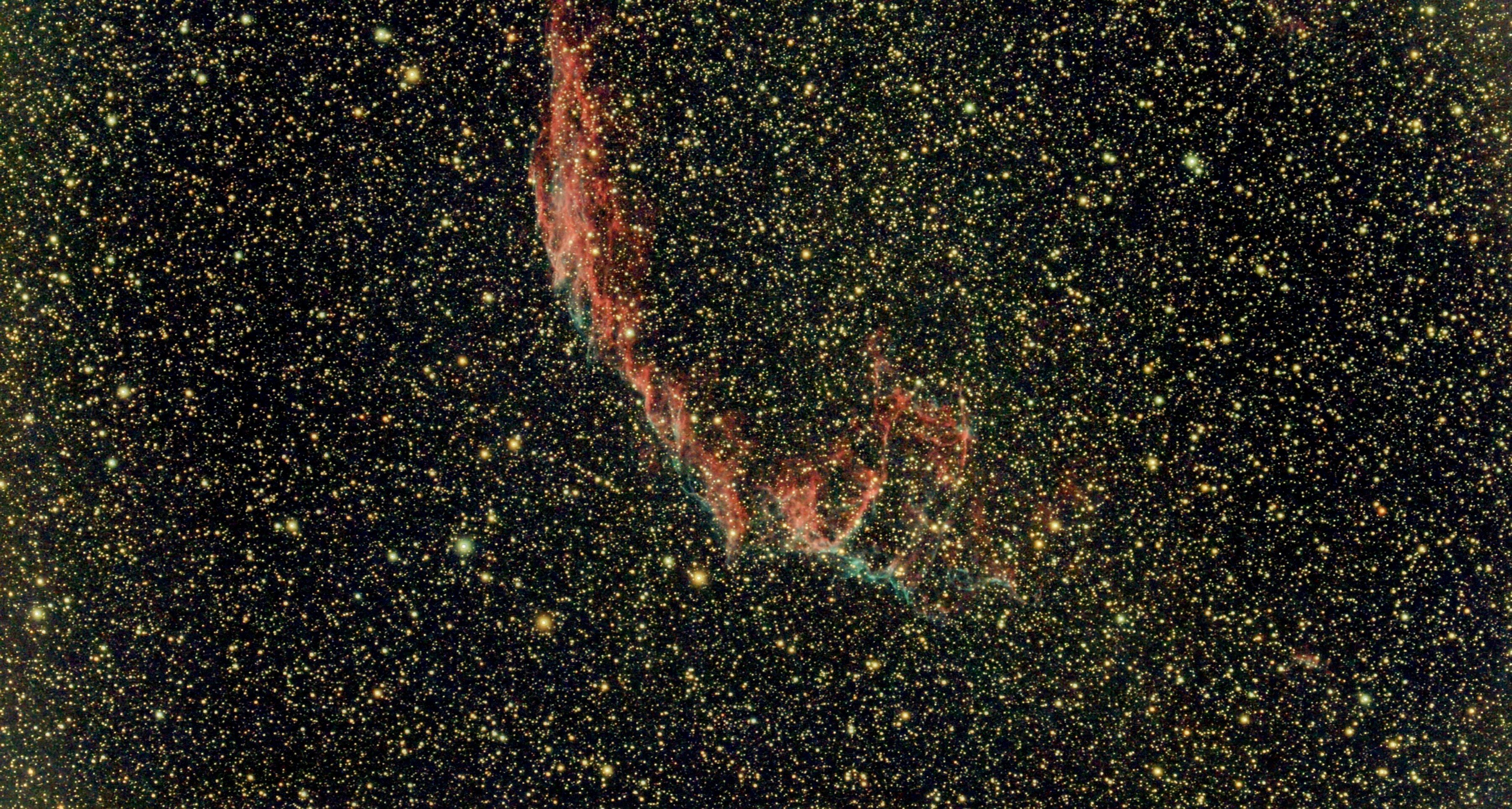

Thanks for that explainer. I thought the verbiage in the article was a little over the top.
However there is a point at which the “style” of the art is the thing that is copyrightable, sort of by implication.
The standard for proving a copyright violation where a defendant claims a transformative use or a derivative work is “substantial similar.”
For as long as I can remember that includes the overall presentation of the work, and it’s hard to describe that as anything other than a “style.”
The article draws a comparison that allowing copyright protection for styles would be like allowing copyrights for entire genres. I don’t think that’s right. Nobody could copyright all “landscape paintings” as a genre, but look at landscape works by Katsushika Hokusai, and that style, to me, is creative enough to warrant protection, if it were made originally in America today and not already in the public domain. And he didn’t invent woodblock prints or even woodblock prints of landscapes, but the way he did it is so unique as to be insperable from the copyrighted work itself and arguably deserving of protection simply for its advancement of the art.
If you made a woodblock print in the same style but used it to portray a scene typical in anime, rather than a landscape, that’s clearly transformative and derivative, but not substantially similar. If you use the style to make prints of waves breaking around Mt. Fuji, that’s substantially similar. So like, as to dude’s anime style, if you use the same style to make landscapes, certainly that’s not infringing, as it’s not substantially similar.
I also don’t see the threatening outcome the author suggests as worrisome. There are still exceptions for blatant copying that apply, mainly parody and fair use.






That’s already the case. There would be two copyrights for a cartoon for Donald duck, and possibly, in fact likely, many others.
A copyright is essentially a right of enforcement. You don’t have to register anything or file anything in order to gain that right. It’s a right to sue someone to enjoin further use and potentially to recoup money damages if you can prove loss.
The standard for whether something is copyrightable at the outset is whether it is the product of a modicum of creativity, and reduced to a tangible medium of expression.
So far one cartoon of Donald duck, each drawn frame of the show would have its own copyright. Also, the character would have a copyright. The dialogue of the script would have another copyright. And the test for whether a particular character is something that can be copyrighted is to ask whether the character is separable from the overall work and whether the character is “well delineated.”
Donald duck is certainly the product of creativity, it is reduced to a tangible medium of expression when it is drawn on paper, and it is the main character of the show and has its own personality and behavior. So it is pretty clearly of deserving protection. Although at this point in time, I believe some of Disney’s earliest characters are now in the public domain, Even Mickey mouse, which people like my IP professor in law school said was never going to happen. This is because I believe in 1984 there was a law called the copyright act of 1984 but was colloquial referred to as the Mickey mouse copyright act. It was championed by Sonny Bono, who I believe was friends with Walt Disney personally, and which many said had the sole purpose of extending Mickey mouse’s copyright for another 25 years or whatever it was. My memory is a little fuzzy on this. My professor figured that Disney was such a powerful institution that anytime Mickey mouse was about to fall into the public domain, Congress would stop it.
A doctrine sort of related to your question is called scen a faire. It is a French phrase which I have no doubt spelled wrong because I am on mobile. It means that elements essential to a scene of the kind which would be common to all scenes of that type, are not copyrightable. So this would include some background characters such as those that, despite being drawn in a creative way, are more so the product of the scene itself rather than any creativity. For example, if there is a scene in a cartoon where the character gets onto a train and hands the ticket to a ticket taker, the ticker taker character is probably not copyrightable.